Innovation For Any Industry
Proven and Tested PerformanceKES has proven itself time and again in developing key innovations in a wide range of fields. Our success is based on our comprehensive approach, expert use in tools, and creativity in developing innovation based our knowledge in multiple industries and disciplines.
Stress & strain is stress & strain. Heat transfer is heat transfer. Fluid flow is the same regardless of whether it’s in a chemical pipe, blood vessel, or aviation fuel line. The physics do not change because of the industry used. Our proven methodology is based on detailed problem identification, goal-oriented solution development, and creativity to overcome traditional obstacles. Our Clients are the experts in their fields and are the product development managers. We provide our expertise to develop the solutions for their challenges regardless of the industry, applicable codes, or location.
Often our work remains proprietary and confidential. We ensure our Client’s interests are safeguarded. Our expertise is in providing solutions, therefore maintaining confidentiality is key to maintaining those relationships. Other times we help our Client secure Intellectual Property such as patents and trademarks. We also help with procedures, policies, and communications since how equipment is used can be as much of an challenge as the design and fabrication.
We are proud to be veterans and hiring veterans and Louisiana citizens. The skills, adaptivity, and focus on getting the mission done are our keys to innovation.
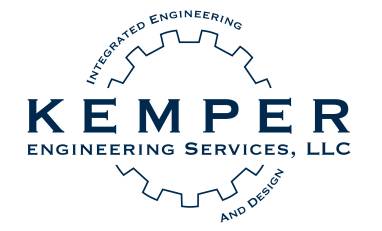
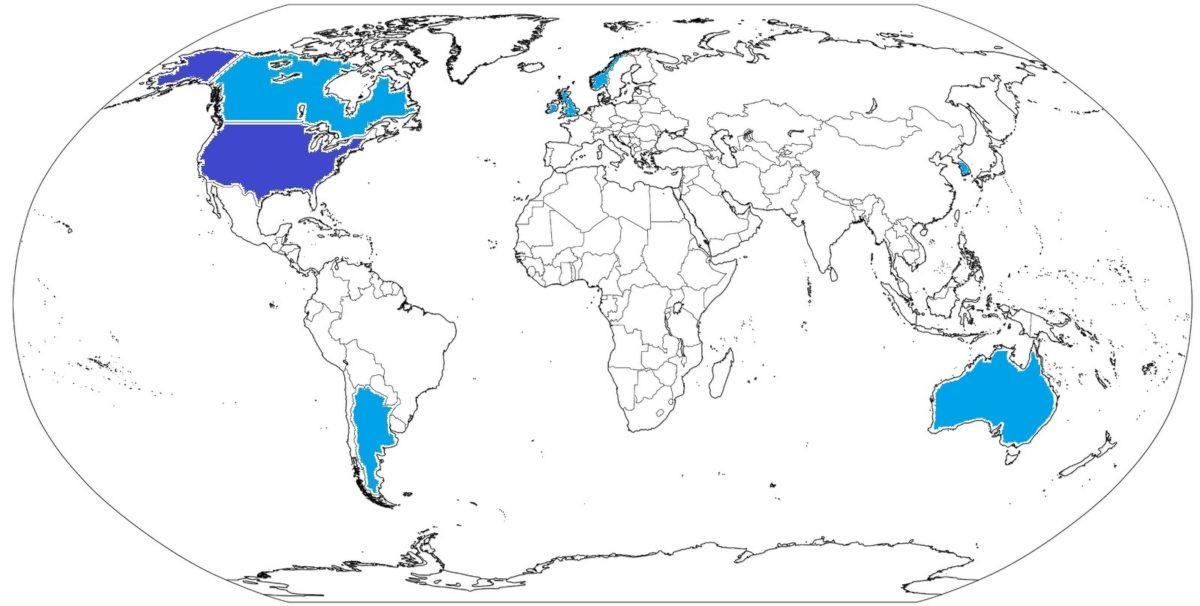

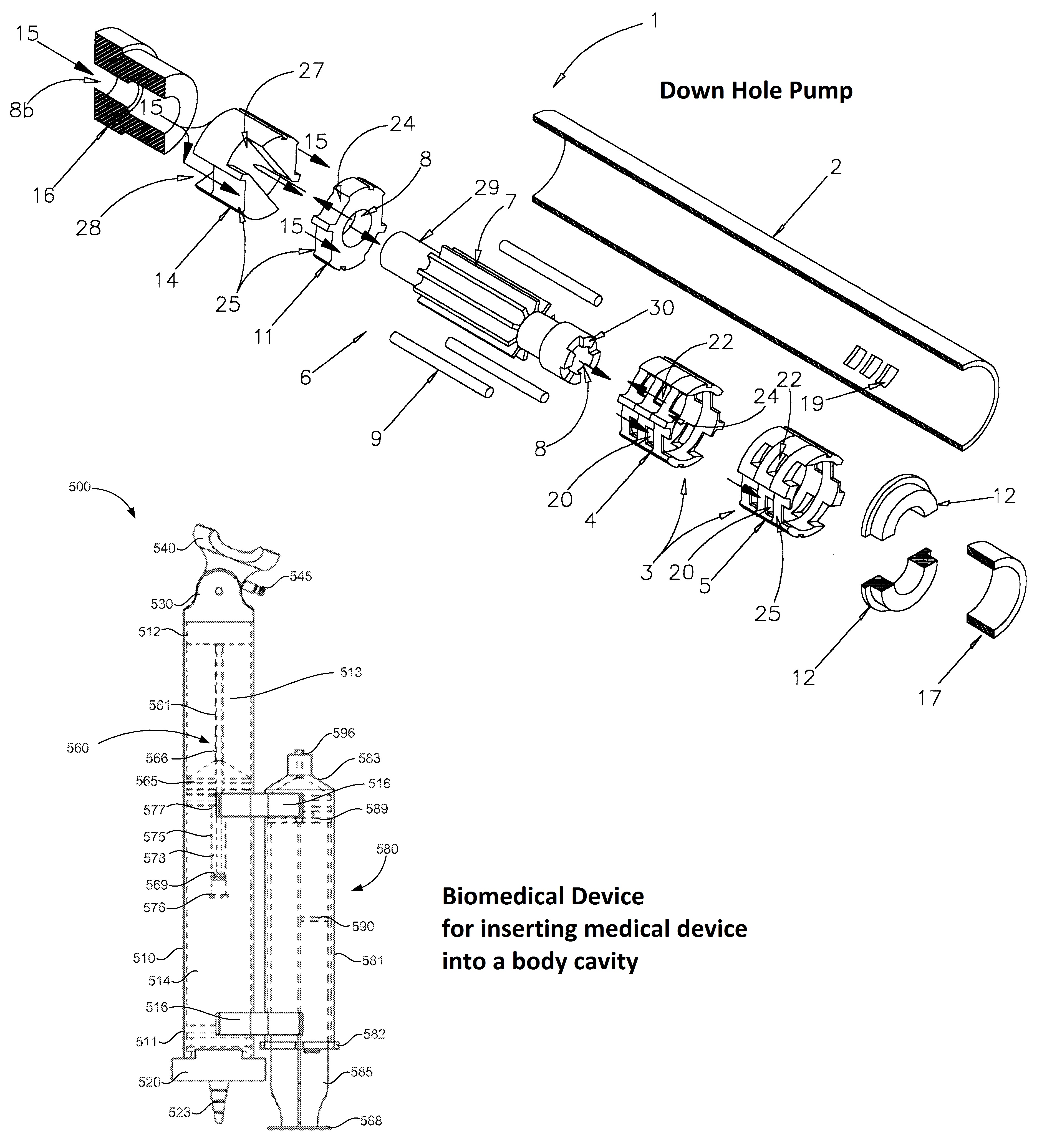
Patents
Our work in patents range from helping Clients develop their drawings and technology without contributing to the patent itself, to co-developing technologies with our Clients, to independent patent development. Our work ranges from industrial equipment to consumer products to biomedical devices.
Client Support
Robert Brian Ablett. “Oil capturing apparatus” (GB 2600490A)
Michael W. Allen, Russel E. Peterson, Glenn Butler. “Hyperoxic Therapy Systems, Methods, and Apparatus”. (US 10,092,471 B2)
Kip M. Robichaux, Terry P. Robichaux, Kenneth G. Caillouet. “Combination swivel and ball dropper” (US8893773B2)
Jon Stephenson, John C. Bayer, James G. Froeschner. “Lifting body aircraft and reentry vehicle” (US 6948682B1)
Victor James Bergeron, Creighton Pier Ward, Bart Kemper, Krista (Wohlfeil) Kemper, et al “Hands Free Beverage Carrier That Attaches To A Person’s Clothing Or A Wearable Accessory” (US 8,919,622, 8919623)
Benjamin Cappiello, Shuchi Priye Khurana, Bart Kemper, Krista (Wohlfeil) Kemper, et al “Methods and apparatus for inserting a device or pharmaceutical into a body cavity” (CA 2814827A1, CN 103209663A, EP 2629721A2, US 20130291872, WO 2012054466A2, WO 2012054466A3, EP 269721A4, US9492312)
David Allardyce, David L. Knight. “Crossing Guard” (US6115963A)
Independent Work
A.J. McPhate, et al. US6499976 B1 “Downhole roller vane motor.”
Bart Kemper, Edward O’Neill. Irish Patent Grant Number 84128, grant date 8 Feb. 2006, “Total Municipal Solid Waste (MSW) recovery facility including power generation capability.”
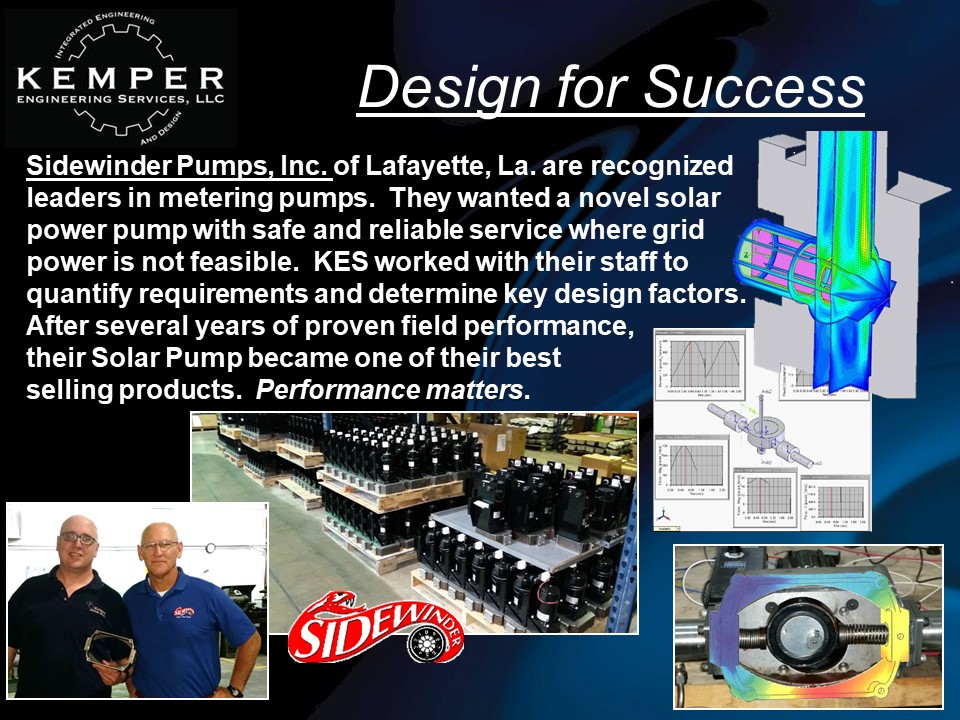
Solar Pump Design
Sidewinder Pumps is based in Lafayette, La. They have over 30 years of leadership in chemical metering pumps. They approached Kemper Engineering to assist them in developing a novel solar-powered pump for applications away from grid-based electrical power.
Solar powered items are essentially battery-powered. The challenge is to make the equipment as efficient as possible with respect to energy draw in order to minimize battery use. KES used Finite Element Analysis, Computational Fluid Dynamics, and Kinematic Modeling to assist in the product’s development.
Pipeline and other remote sites are unforgiving. Either the equipment works or it does not. No amount of engineering simulations trump the real world. The Sidewinder Solar Pump became one of their best-selling products, driven by industry response to their demonstrated reliability and ease of maintenance. A more in-depth discussion is here.
New Applications for Acrylics
Krista Kemper, our owner, and Bart Kemper, our principal engineer, are both on the ASME Codes and Standards Committee for Pressure Vessels for Human Occupancy. One of the challenges in the field is the use of acrylics for windows. Acrylics have been proven to be the most reliable method for diving bells, submersibles, medical chambers, and other PVHO applications. However, they are a nonlinear viscioelastic material. The current rules use a very empirical method for window design.
KES has considerable experience with pressure vessels, plastics, medical applications, and advanced computational modeling. In working in multiple aspects of the industry, there was a need to expand the applications of acrylics as a pressure vessel material. However, this had to be done safely and reliably.
KES researched existing work as well as partnered with industry leaders. Based on this, rules for how to apply nonlinear and linear Finite Element Analysis to acrylic windows and proposed rules for eliminating the cyclic limits were proposed and accepted as a peer reviewed paper. This could have significant savings on those designs in which the windows have large design margins. Current rules have a hard limit on the number of cycles.
This work was presented at Underwater Intervention 2013 and the 2013 Joint ASME/USCG Marine Technologies Conference where it was published as a peer review paper. Subsequent to this first ASME paper, KES published a number of conference papers under the auspices of the Marine Technology Society and their Manned Underwater Vehicle (MUV) group meeting at the annual Underwater Intervention international exhibition, 2016-2020.
These series of innovative explorations of plastic engineering for marine applications has resulted in a peer-reviewed journal article authored by two KES engineers establishing a framework for “design by analysis” effort. Originally submitted in 2018, it examines formally incorporating stochastic Finite Element Analysis as well as Verification and Validation (V&V) techniques. In 2019 Bart Kemper was appointed to chair an ASME task force to develop a design by analysis method to complement the current ASME PVHO design methodology. This will likely to have implications beyond the PVHO industry and extend into plastic engineering practice.

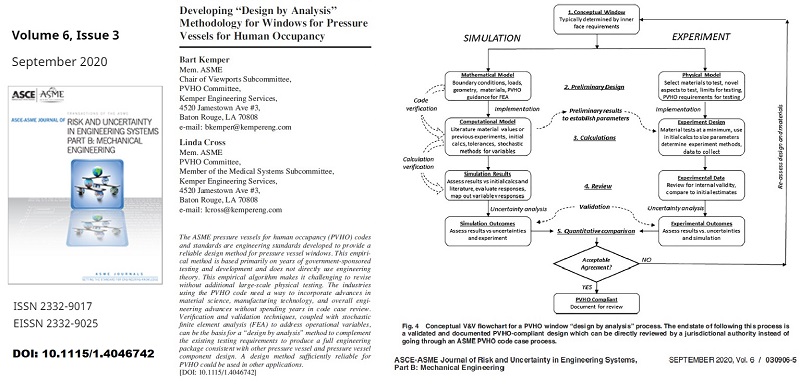
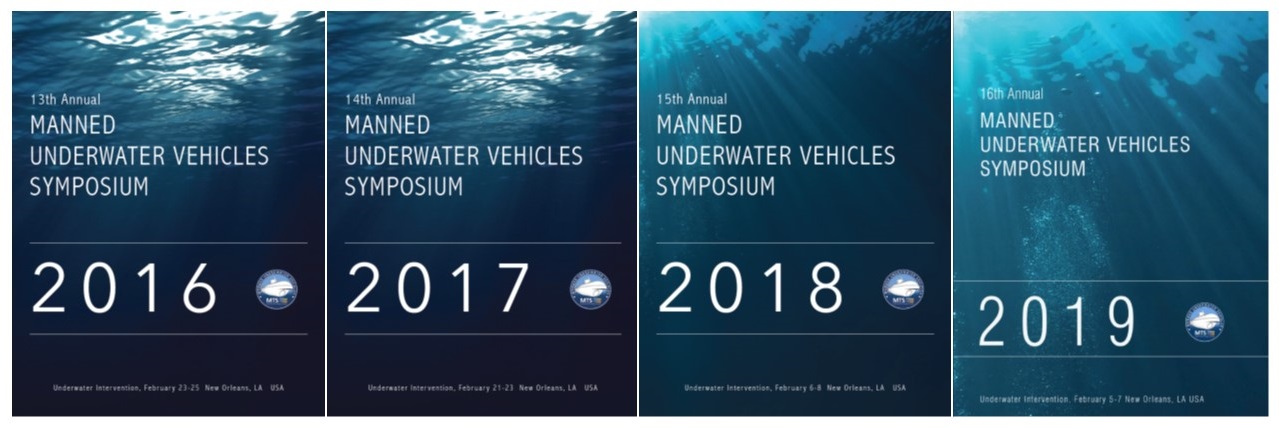
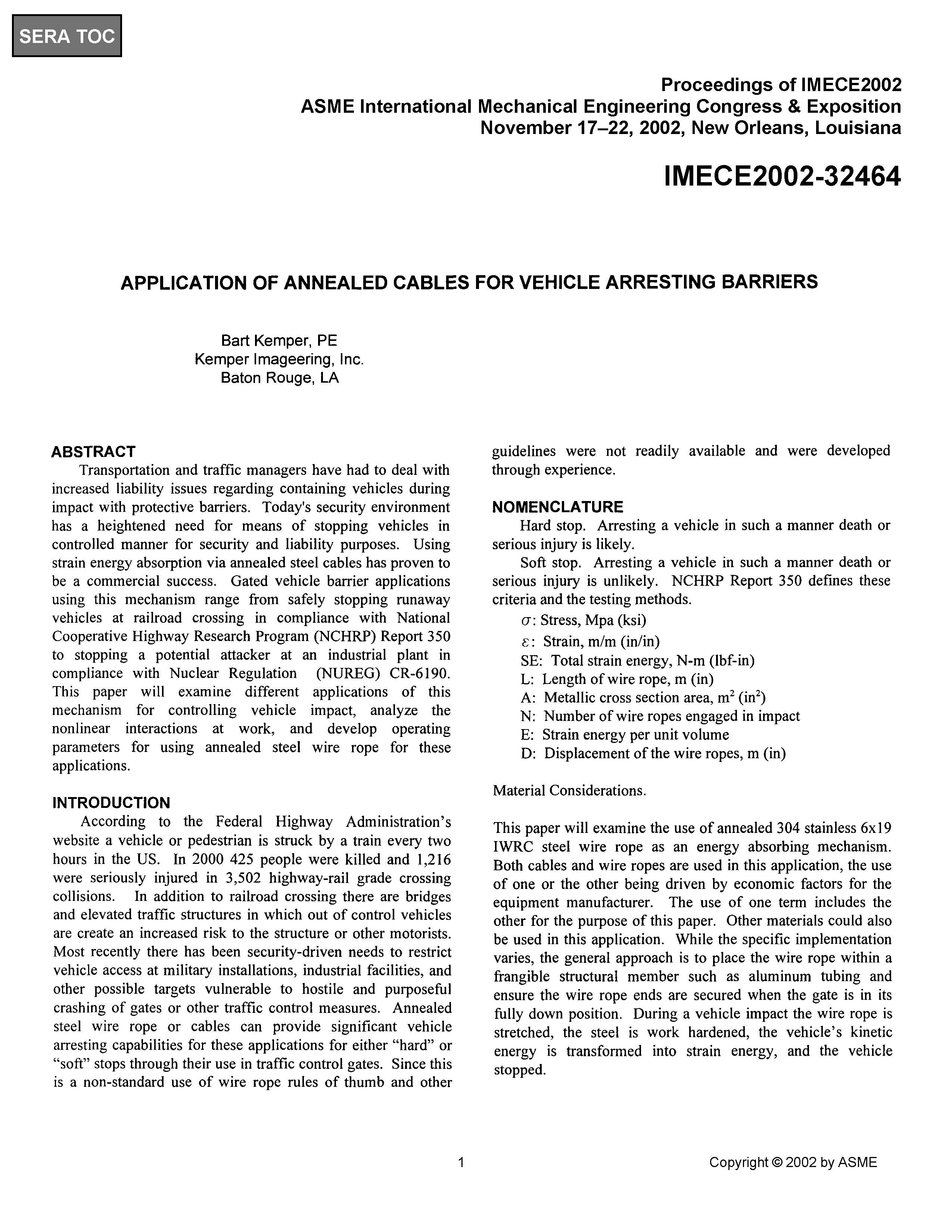
Novel Vehicle Barrier
Our Client was experiencing challenges in crash testing their new barrier design. The tests were averaging $100,000 per test. The Client’s buyer was waiting for a fully engineered, certified tested production model.
KES provided 3rd party design review and test reviews. Finite Element Analysis and kinematic studies were used. The root cause of the challenges were determined and addressed. By developing new methods and computational models, KES helped our Client to get successful tests.
The device had to be approved by the Federal Highway Administration per NCHRP 350. KES correlated the computational models to all of the tests, successful and otherwise, to show the models and proposed construction methods were validated through performance. The FHWA accepted the report and tests and approved the device. We also assisted in the successful patent development, providing valuable Intellectual Property to the company that later became a key element in a merger.
A peer-reviewed paper was later developed and published at the 2002 ASME International Congress. KES continues to use these principles for evaluating cable-related arresting barriers and fences and has provided novel designs for industry and government applications while safeguarding proprietary techniques of their original client. (This was done by current KES personnel in the previous company, Kemper Imageering, Inc.)
Years later for a separate client, KES assisted in developing a crash gate using different techniques. We solve the client’s challenges without compromising trade secrets or our other clients.
Blast and Force Protection
“Civil engineers build targets, mechanical engineers take them down.”
This old adage still holds true. However, having a detailed understanding of the mechanical side allows for better development of force protection methods.
Bart published a peer-reviewed paper about Lessons Learned in Iraq and was presented at the ASME International Congress in Seattle, Wa. in 2007. This addressed how cultural issues, traditional engineering, and military issues are intertwined in austere or expeditionary environments. Even if an engineer is not in the military, often military-related issues come up in terms of site security, anti-terrorism threats, and in working with foreign governments.
One of the lessons learned while working overseas in Asia, Europe, the Middle East, and Africa is the variability of materials. Many of the Western designs assume quality that is not reasonable or cost effective in austere environments. His work has been cited in various training programs.
Bart developed a blast wall that is highly effective for close-in explosions, such as due to vehicle-borne improvised explosive devices (VBIEDs). Where conventional methods such as a single concrete wall simply increases casualty rates, this design can confine the damage to a planned area. It has since been published and advocated by a variety of agencies, including USACE Engineering Research and Development Center (ERDC) and the National Ground Intelligence Center (NGIC). KES has proven history in civil, industrial, and governmental applications for blast, ballistics, fire, chemical release, and protective structures. We have also presented on blast modeling for managing facility security at the 2019 International Society of Explosives Engineers, which include an analysis of the largest IED on record.
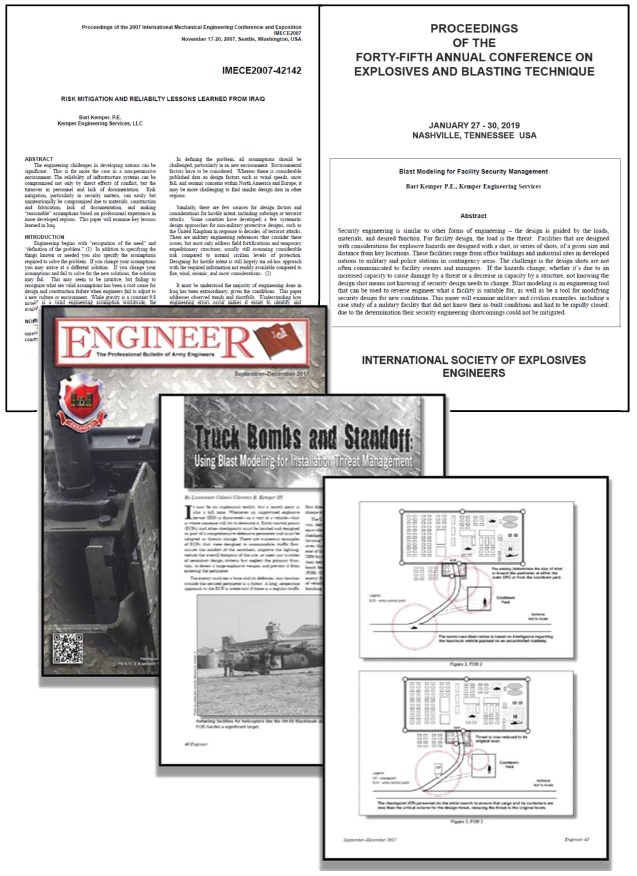

Design Responsibility, Code Applications
Multiple KES personnel are on the ASME Codes and Standards Committee for Pressure Vessels for Human Occupancy. These devices have all the challenges of a Section VIII (Div. 1 or Div. 2) pressure vessel, plus have large openings often outside of code requirements, plus have acrylic windows, and finally has all of the challenges of life support under often inherently deadly conditions. KES’ expertise has resulted in innovative engineering regarding applying the ASME pressure vessel code, to include for large tunnel boring machines using “dry diving” as well as traditional commercial saturation diving. KES published their successful techniques in 2013 as a peer-reviewed article at the 2013 ASME/USCG Marine Technologies Conference in order to advance the application of pressure vessel technologies. The audience included members of the US Coast Guard’s marine engineering section that conducts design reviews and had strong endorsements during the conference.
Bart also shares innovations he developed while serving as a Reservist. In 2003 he applied industrial fire and gas release modeling packages to real-time military operations planning. As the potential for unusual terrorist attacks have increased, the need for addressing them has also increased. In 2004 he presented a peer-reviewed paper about Design Responsibility at the 2003 Ethics and Engineering Conference and the 2004 Louisiana Joint Engineering Societies Conference as well as at the United States Military Academy for the 2005 US Base Camp Conference.
